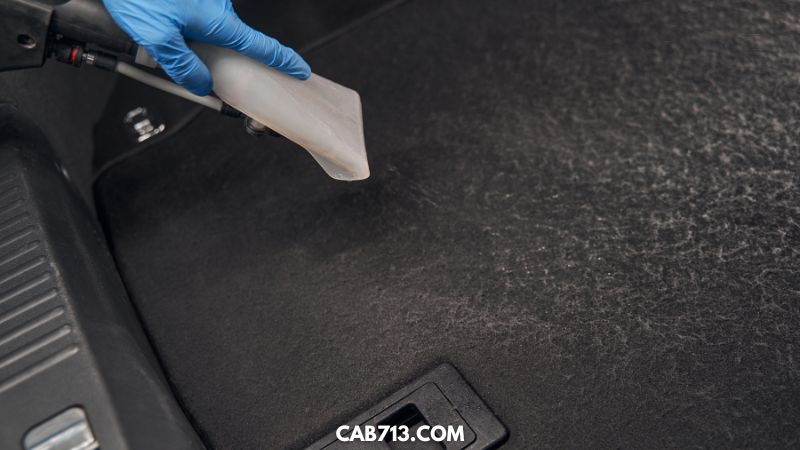In the world of automotive aesthetics, paint restoration is an art that transforms tired, faded car finishes into vibrant, showroom-worthy masterpieces. Wet sanding is a crucial technique in this process, offering a refined touch that can make all the difference. If you’re looking to breathe new life into your vehicle’s paint job, this comprehensive guide will walk you through the intricate dance of wet sanding. Let’s dive in, one grit at a time.
What is Wet Sanding?
Wet sanding is a meticulous process that involves using abrasive sandpaper to remove imperfections from a car’s paint surface. It’s called “wet” sanding because it’s typically performed with a lubricant – often water – to prevent the sandpaper from clogging and to reduce friction. This technique allows you to gradually level the paint and create a smooth, even surface.
The Tools You’ll Need
Before you embark on your wet sanding journey, it’s essential to gather the right tools:
1. Sandpaper Grits
- Start with 800 to 1000 grit for initial sanding.
- Progress to 1500 to 2000 grit for finer smoothing.
- Finish with 3000 to 5000 grit for polishing.
2. Sanding Block
A sanding block provides stability and even pressure during the sanding process, ensuring consistent results.
3. Water Source
You’ll need a steady supply of water to keep the surface wet and prevent overheating.
4. Cleaning Materials
Prepare a clean microfiber cloth and a solution of mild soap to wipe the surface.
The Wet Sanding Process
Now that you have your tools in place, here’s how you can master the art of wet sanding:
1. Prepare the Surface
Clean the car’s surface thoroughly to remove dirt, grime, and any loose paint chips. Ensure the area is dry before you start sanding.
2. Start with Coarse Grit
Begin with 800 to 1000 grit sandpaper. Dip it in water and sand in a back-and-forth motion. Maintain a consistent pressure, and periodically wipe the surface to check your progress.
3. Move to Finer Grits
Gradually switch to higher grit sandpapers, such as 1500 to 2000, and then 3000 to 5000, as you work on the same area. The paint should become smoother with each step.
4. Polish
After you’ve achieved the desired smoothness, it’s time to polish the paint surface to a brilliant shine. Use a quality automotive polish for this step.
5. Wax and Protect
Finish the restoration by waxing the surface to protect the newly refinished paint.
The Benefits of Wet Sanding
Wet sanding offers numerous advantages, including:
- Improved Paint Clarity: It removes imperfections, restoring the paint’s original clarity.
- Saves Money: Instead of an expensive paint job, you can often achieve remarkable results with wet sanding.
- DIY-Friendly: With patience and practice, wet sanding can be done by car enthusiasts themselves.
Conclusion
The art of wet sanding is a labor of love that can transform the appearance of your car’s paint job. It’s a meticulous process that, when done correctly, can yield remarkable results. With the right tools, patience, and practice, you can restore your car’s paint to its former glory.
FAQs
1. Is wet sanding suitable for all paint types?
Wet sanding is most effective on clear-coated paint finishes commonly found on modern cars. It may not be suitable for single-stage paint.
2. Can wet sanding remove deep scratches?
Wet sanding can reduce the appearance of shallow scratches, but it may not completely eliminate deep ones. Professional assistance may be needed for extensive damage.
3. How often should I wax my car after wet sanding?
It’s recommended to wax your car every 3 to 4 months to maintain the newly restored paint and protect it from environmental factors.
4. Can I wet sand by hand, or do I need a machine?
While it’s possible to wet sand by hand, using a machine, such as a dual-action orbital sander, can yield more consistent and efficient results.
5. Is wet sanding a permanent solution for paint imperfections?
Wet sanding is a temporary fix that can last for several years if done correctly. Over time, the paint may degrade, and the process may need to be repeated.

I guess you always start out as a car kid. Smokey and the Bandit, Corvette Summer, Bullitt, Ronin, etc. Throw in a massive match box car collection and add time. I’ve always been drawn to interesting cars. I’ve also always owned used cars, so detailing and some light wrenching were always on the list. My hope is that we can share some knowledge of the do’s and don’ts learned along the way. Be sure to share your own knowledge in the comments!






